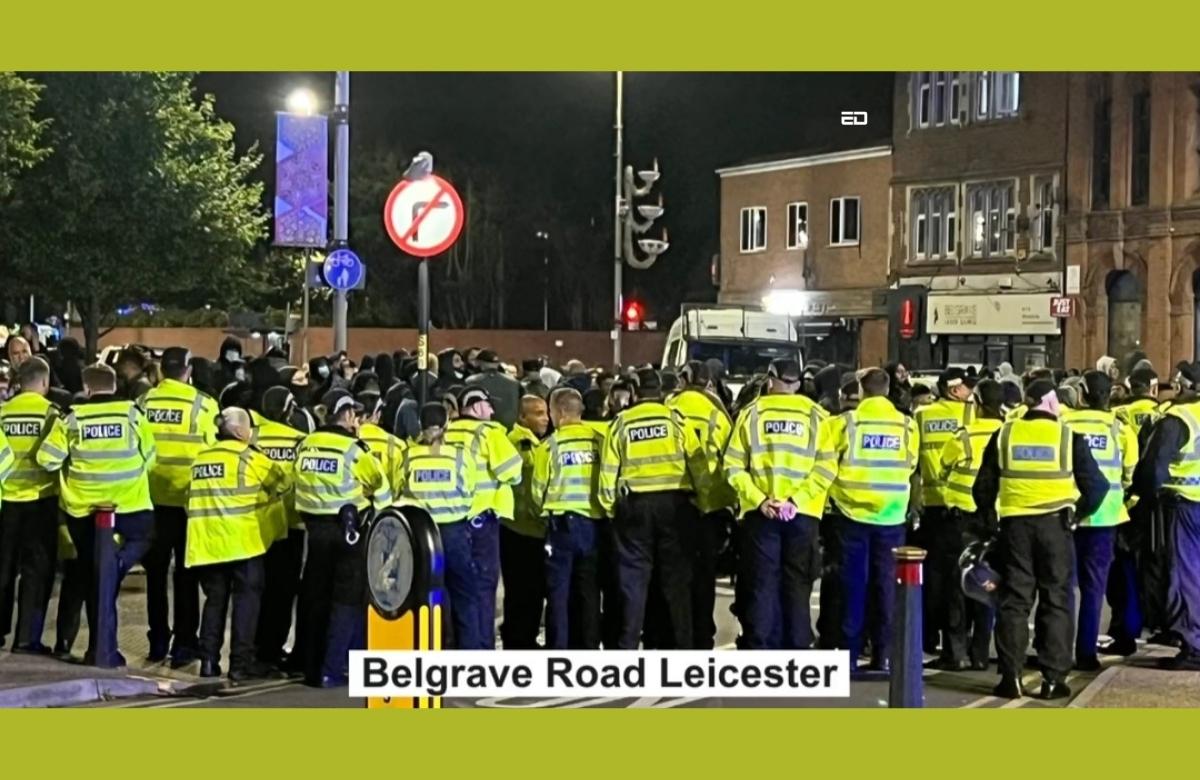SERIN THANKAM SAM
There has been a big outrage in India about the dire consequences of the Environmental Impact Assessment (EIA) 2020 Notification recently. Activists have rallied against the draft, arguing that it undoes a lot of the previous draft’s positive points and encourages environmental violations.
How did it start?
India enacted laws to control water (1974) and air (1982) pollution, soon after the Stockholm Declaration (1972) on Environment was signed.
But it was the Bhopal gas leak disaster in 1984 that triggered the country to legislate an umbrella Act for environmental protection in 1986.
Under the Environment (Protection) Act, 1986, India notified its first EIA norms in 1994, setting in place a legal framework for regulating activities that access, utilise, and affect (pollute) natural resources.
All development projects since then have to comply with these norms and go through the process for obtaining environmental clearance ever since.
The 1994 EIA notification was replaced with a modified draft in 2006. Earlier this year, the government redrafted it again to incorporate the amendments and relevant court orders issued since 2006, claiming it was a means to make the EIA “process more transparent and expedient.”
However, activists argue that the modified draft achieved the opposite encouraging environment violations in case of large-scale irrigation projects.
Activists claim that the new draft is non-transparent, undemocratic, unjust and unaccountable and hence, approached the court against EIA.
For instance, reports on projects’ potential impact on the environment — the bedrock of the EIA process — are frequently shoddy and consultant agencies that prepare those reports for a fee are left unchecked.
Additionally, there are periodic amendments exempting one category of industries or the other from scrutiny.
Red flags
The draft essentially increases the government’s discretionary power while restraining public feedback regarding environmental safety.
The removal of these conditions means that projects could be proposed dangerously close to eco-sensitive zones.
It was only recently the state government of Goa was caught blatantly engaging in fraud. It submitted a false report to obtain clearance for an airport near the ecologically sensitive Mopa plateau endangering not only flora and fauna but also putting a threat on the livelihood of hundreds of farmers.
Even after this, neither the government officers nor the EIA consultants who attempted the fraud were reprimanded.
Hydroelectric projects lesser than 25MW will not need an EIA, which means that large projects proposed in the Himalayan region or in the western ghats may be split on paper into smaller ones of 25MW, thus overlooking the environmental scrutiny.
All inland waterways, projects and expansion/widening of national highways, including roads, that cut through forests and dredging of major rivers will be exempt from prior clearance.
There is also no scope for any public complaint about violations in the new draft. The violators themselves will have to disclose that they broke the law, which is a major problem.
The question
The Supreme Court, National Green Tribunal and the Madras high court have ruled against it in the past stating that it is “unsustainable-in-law”. India endorses the ‘polluter-pays-principle’; it cannot afford to endorse the “pollute-and-pay” sham.
The Delhi High Court has now extended the deadline for public feedback on the draft till August 11. Many are coming forward and urging the public to comment against the Environmental Impact Assessment which is crucial for saving the natural resources of the country from unchecked plundering.
The question is what is the hurry to bring out this notification in the midst of the pandemic? How can public consultation take place in the midst of death and tragedy?































